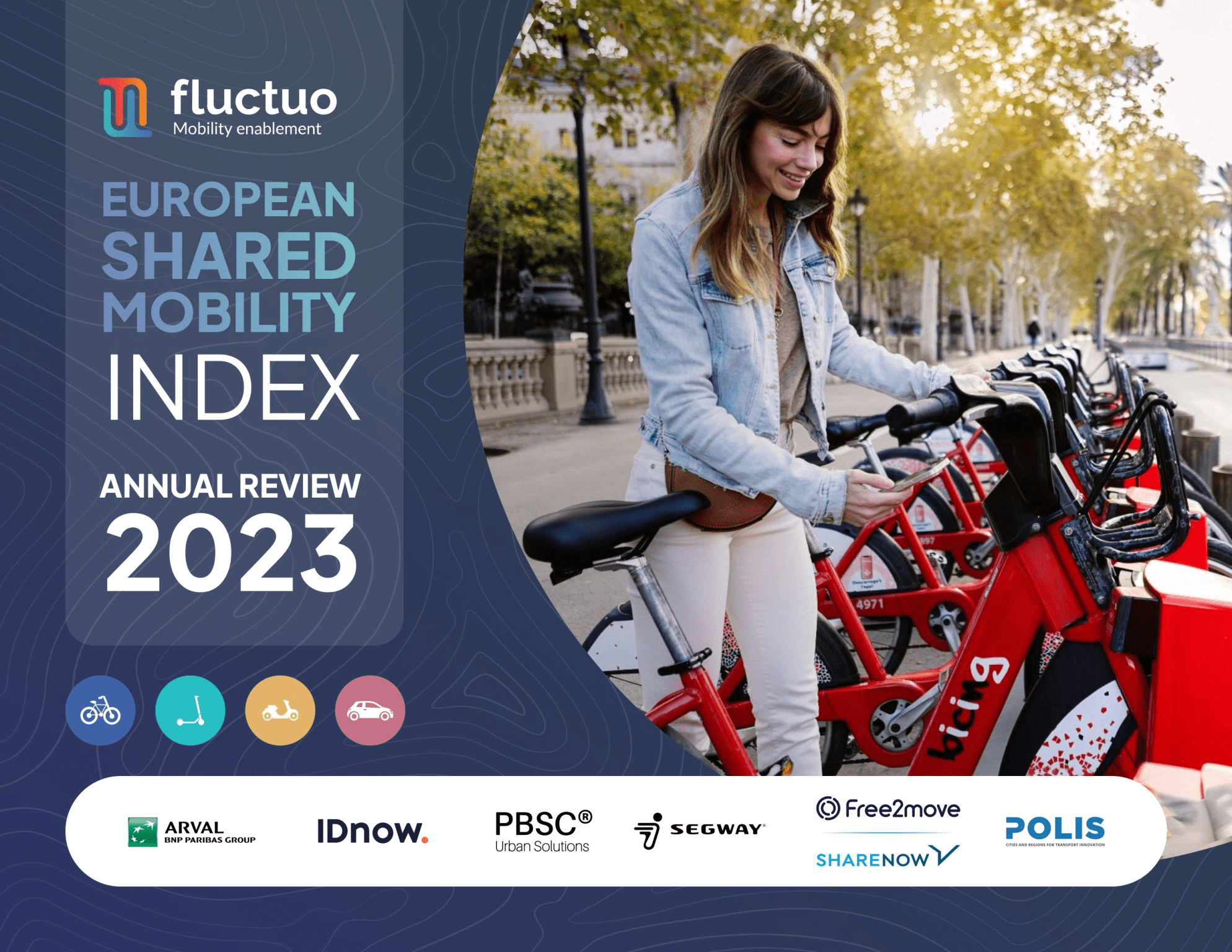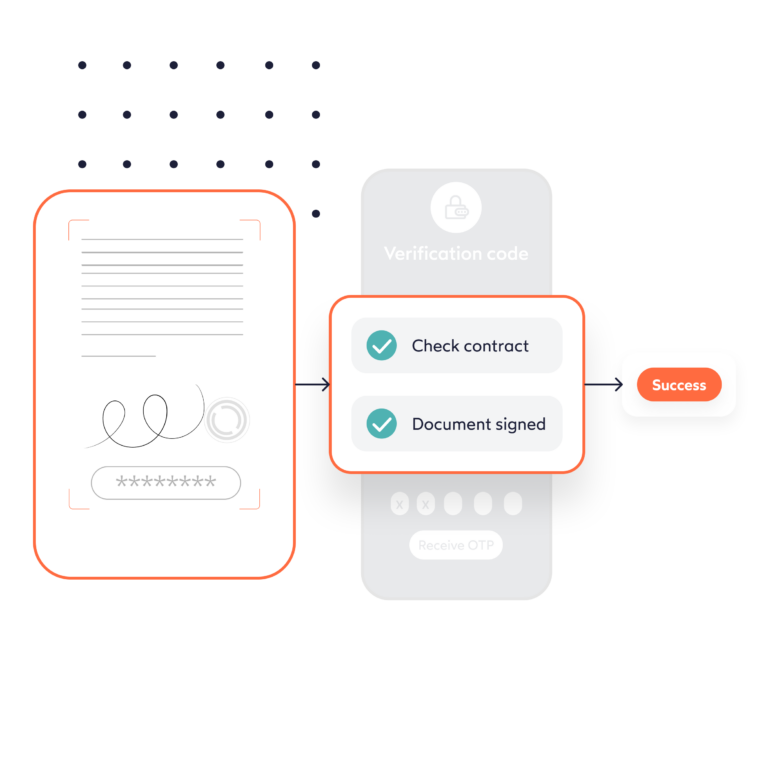We spoke with Sébastien Marteau, Chief Commercial Officer at Fluctuo, about the latest trends in carsharing, decarbonization in the transport sector, the future of the industry and the challenges it faces.
Are carsharing services becoming increasingly popular? If so, what factors are contributing to their success?
Yes, certainly. Carsharing is a cost-effective way of ensuring that you only pay for a car when you really need one. The economic benefits are real when you factor in all the costs associated with a car (purchase, maintenance, fuel, insurance, etc.).
In times of inflation, carsharing services represent a real gain for the consumer. They make it possible to share a vehicle. What’s more, carsharing is seen as an inclusive mode of transport, facilitating access to cars for people who don’t always have the means to own one.
Last but not least, carsharing services respond to ecological imperatives that are increasingly resonant in today’s society.
On a European scale, carsharing services saw strong growth in 2023. Data from our latest European Shared Mobility Index 2023 on free-floating services, which covers 115 cities in Europe, shows an increase in the size of shared car fleets of 25%, while the number of journeys has risen by 39%, especially with very dynamic countries such as Germany, Belgium, the Netherlands and Scandinavian countries such as Denmark and Norway.
European Shared Mobility Index 2023 – by Fluctuo.

How is the carsharing economy shaping up today?
The carsharing market is a mix of two types of players: private players, often linked to carmakers and positioned on free-floating services; and associations or user groups covering station-based services. The latter are sometimes partly financed by public authorities to enable them to develop.
Nevertheless, costs remain one of the major issues in the carsharing economy, such as those inherent in parking or vandalism.
To develop this economy, there is a real need for operators to collaborate and share data, so as to develop the use of carsharing. The aim is to unite in order to give visibility to this emerging industry and contribute to the sector’s economic growth.
What do you see as the future of green mobility?
The future of green mobility is linked to the reduction in the number of private cars and the development of a modal shift toward active, low-carbon modes such as walking, cycling and public transport. According to the French National Institute for Statistics and Economic Studies (INSEE), the car still accounts for the majority of home-to-work journeys of less than 2km (52.9%), so we absolutely must accelerate the modal shift to low-carbon modes.
If Europe is to achieve its objectives of climate neutrality by 2050 and a net reduction in greenhouse gas emissions of 90% by 2040 compared to 1990 levels, emissions from the transport sector will have to fall by almost 80% by 2040.
Decarbonizing road transport, switching to zero-emission vehicles and improving public transport and shared mobility will also have a direct impact on air quality and, consequently, on the health of all Europeans. The transition to climate neutrality implies the promotion of sustainable and affordable mobility, thanks to appropriate urban planning, which will be important in enabling more public transport, carsharing, car-pooling and active mobility such as walking and cycling for short-distance journeys. Ensuring access for all to affordable and accessible net-zero energy and mobility solutions will be an essential part of the transition. Carsharing will also need to be integrated into public transport plans and develop multimodality if it is to be democratized.
As more and more cities realize the importance of zero-emission mobility and take steps in this direction, how can carsharing services contribute to green mobility?
Carsharing is a gas pedal of de-motorization: By offering a simple, accessible solution for journeys requiring a car, carsharing enables its users to replace their personal vehicle. In the case of an individual vehicle, it is estimated that it remains stationary 95% of the time. Taking France as an example, we estimate that a “loop” carsharing vehicle replaces between 5 and 8 private vehicles. In some countries, it can even replace 12-15 cars. So there’s a real need to reduce the number of private vehicles to cut carbon emissions.
Carsharing also accelerates multimodality: carsharing users make greater use of public transport (+18%), trains (+29%), bicycles (+22%) and walking (+38%). The integration of carsharing services in rail and bus stations is very important.
Do carsharing operators have to comply with any specific regulations today?
A carsharing operator is often required to obtain a license to operate in a given territory, as well as to pay for the parking of its fleet. From the user’s point of view, the operator is also obliged to check that the user has a valid license, and ultimately to verify the user’s identity.
Cities and transport authorities have found it difficult to regulate carsharing. Regulations have often been too restrictive, limiting the operational capabilities of these services and affecting their business model. They have tended to focus on limiting the impact of the system, rather than working with operators to maximize the overall benefits of the mobility system. In some cases, the limits imposed on zone access and parking have led operators to withdraw.
What are the main challenges facing carsharing operators today?
Carsharing operators face a number of challenges:
- Vandalism is having a real impact on the profitability of some operators, resulting in very expensive insurance policies. In the UK, for example, it seems that no private insurers are entering this market any more. Detecting incidents is therefore essential, so that the user is reimbursed for any damage caused;
- Migration to electric vehicles. Only 11% of cars in stations in France are electric, compared with 79% for free-floating. This migration will involve educating users about their mode of operation;
- Profitability. Many have struggled to become profitable due to high operating costs, poor coordination with competitors, narrow scope of action and unfavorable sharing models with municipalities (inadequate parking agreements).
What solutions are carsharing operators looking for to facilitate and secure the use of their services?
With the explosion in generative AI, driver’s license fraud and document forgery are on the rise. Given their strong growth, there is a major challenge around the identification and authentication of users in vehicles. It is vital for operators to integrate very strict identity verification solutions, at the risk of undermining the profitability of their business model.
Want to know more about the future of micromobility? Read our interview with François Hoehlinger.
By

Mallaury Marie
Content Manager at IDnow
Connect with Mallaury on LinkedIn
Want to know more about the mobility industry?




